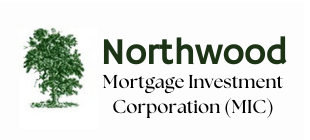Are you thinking of buying or refinancing a home this year? Then listen up. Having a firm grasp on the housing market and where APRs are headed is crucial, unless of course you want to spend a lot more in interest.
Unfortunately, this is likely to be the case for new and current Canadian homeowners; there has recently been a lot of talk concerning whether the National Bank is planning to increase mortgage rates across the board, with a number of economists predicting prime to possibly move up by the end of 2016.
Most of these experts concur the Canadian housing market rate hike will likely not peak until the third quarter. While this may not be a concern for borrowers locked into fixed rates loans, those with variable APRs are at the mercy of the market, and thus rightfully concerned.
However, there are others like Scotiabank Economics and Capital Economics that actually expect a rate decrease. After assessing the Bank of Canada’s actions in Q1 and Q2 of 2015, this belief is not entirely farfetched.
Buy now while you can
The National Bank has consistent cut rate quarter to quarter, so the possibility of it continuing this trend is a potential one. Of course, property owners and buyers are rarely satisfied with loose predictions; although certainty is never guaranteed, it is best to believe that rates will begin to take an upward turn. This is leveraged in light of recent economic events on the international front, including a drop in the price of crude oil, a notable stock sell-off, as well as the current (unstable) state of the global economic market.
So how exactly will this affect 2016 mortgage rates? On the conservative side, expect a prime rate rise by at least 1.25 points. This is the threshold the Bank of Canada is purporting on account of how little crude oil prices are currently impacting the housing market.
For those of you who desire precise numbers, the average rate for 30-year mortgages in January of 2016 is expected at 3.92%, compared to 3.97% for March, and 4.09% for May. The rates for 15-year loans are predicted to be approximately .75 points lower per quarter in comparison.






































